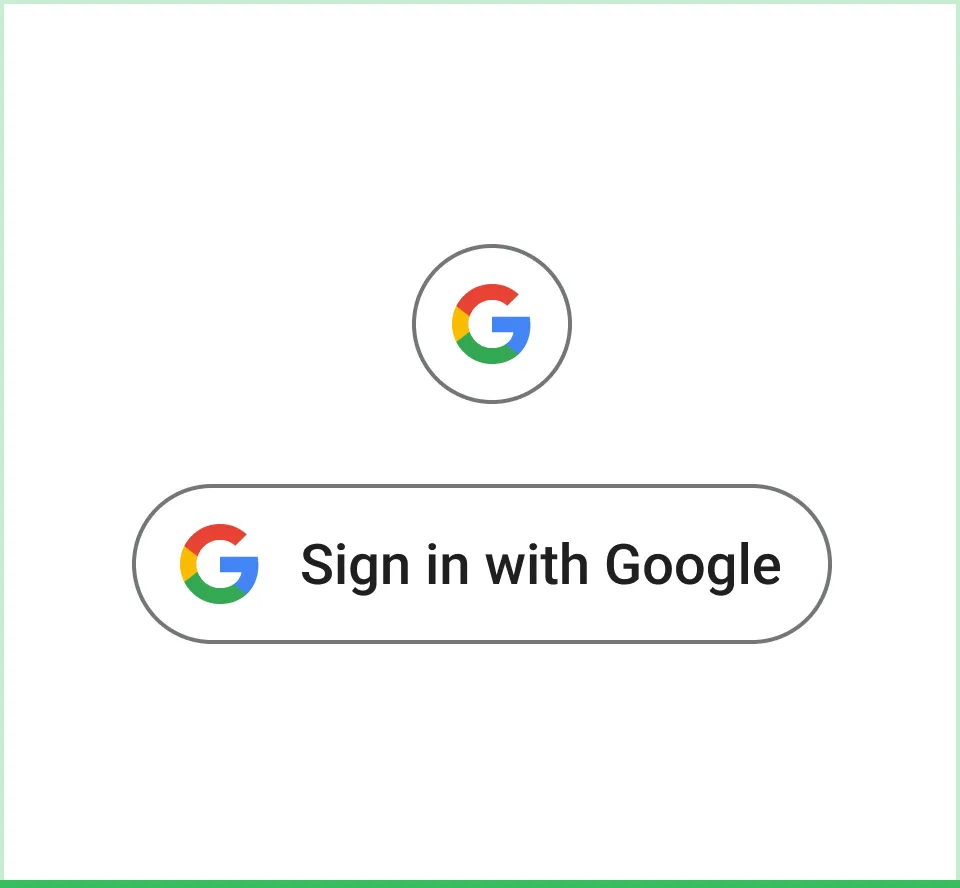Spirited Away - Studio Ghibli
373 words
2 minutes
Quick Tutorial: Implementing Google OAuth2 in FastAPI (Callback Method)
Hey there! 👋 Let’s learn how to get user information from Google using the OAuth2 callback method in FastAPI. We’ll keep it super simple and focused!
What We’re Building
We’ll create two endpoints:
- One that gives us a Google login URL
- Another that receives Google’s callback and gets user info
That’s it! No complicated stuff, just the basics to get rolling.
Prerequisites
pip install fastapi requests
Step 1: Set Up Your Environment Variables
OIDC_GOOGLE_CLIENT_ID=your-client-id
OIDC_GOOGLE_CLIENT_SECRET=your-client-secret
OIDC_GOOGLE_REDIRECT_URI=http://localhost:8000/auth/google
Step 2: Create Your Google Handler
Create a file called google.py:
import requests
def get_user_infos_from_google_token_url(code):
# Exchange the code for tokens
token_response = requests.post(
"https://oauth2.googleapis.com/token",
data={
"code": code,
"client_id": OIDC_GOOGLE_CLIENT_ID,
"client_secret": OIDC_GOOGLE_CLIENT_SECRET,
"redirect_uri": OIDC_GOOGLE_REDIRECT_URI,
"grant_type": "authorization_code",
}
)
# Get the access token
access_token = token_response.json().get("access_token")
# Use the access token to get user info
user_info = requests.get(
"https://www.googleapis.com/oauth2/v2/userinfo",
headers={"Authorization": f"Bearer {access_token}"}
).json()
return {
"status": bool(user_info),
"user_infos": user_info
}
Step 3: Create Your FastAPI Routes
Create your routes file:
from fastapi import APIRouter, HTTPException
router = APIRouter()
@router.get("/google/login")
async def login_google():
# Build the Google login URL
params = {
"response_type": "code",
"client_id": OIDC_GOOGLE_CLIENT_ID,
"redirect_uri": OIDC_GOOGLE_REDIRECT_URI,
"scope": "openid email profile"
}
# Create the query string
query_string = "&".join(f"{key}={value}" for key, value in params.items())
# Return the full auth URL
return {
"url": f"https://accounts.google.com/o/oauth2/v2/auth?{query_string}"
}
@router.get("/google")
async def auth_google(code: str = None):
if not code:
raise HTTPException(status_code=400, detail="No code provided")
# Get user info using the code
result = get_user_infos_from_google_token_url(code)
if not result['status']:
raise HTTPException(status_code=400, detail="Couldn't get user info")
# Return the user info!
return result['user_infos']
How to Use It
- Hit
/google/loginto get your Google login URL:
response = requests.get("http://localhost:8000/auth/google/login")
login_url = response.json()["url"]
Open that URL in a browser. After login, Google will redirect to your callback URL with a code.
Your callback endpoint will automatically:
- Grab the code from the URL
- Exchange it for an access token
- Use the token to get user info
- Return the user info to you!
The user info you get back will look something like this:
{
"id": "1234567890",
"email": "user@example.com",
"verified_email": true,
"name": "John Doe",
"picture": "https://lh3.googleusercontent.com/..."
}
That’s all there is to it! Now you can use this user info however you want - create accounts, log people in, whatever you need! 🚀
Testing It Out
The easiest way to test:
- Start your FastAPI server
- Visit
/docsin your browser - Try the
/google/loginendpoint - Click the URL it gives you
- Watch the magic happen!
Happy coding! 🎉
This article is also available on:


